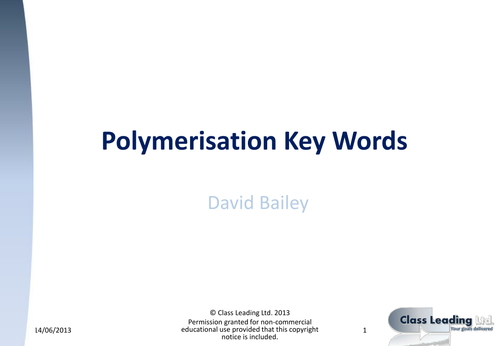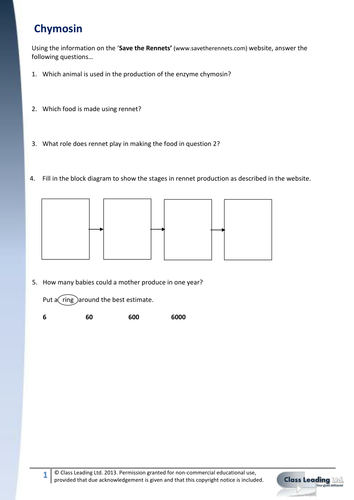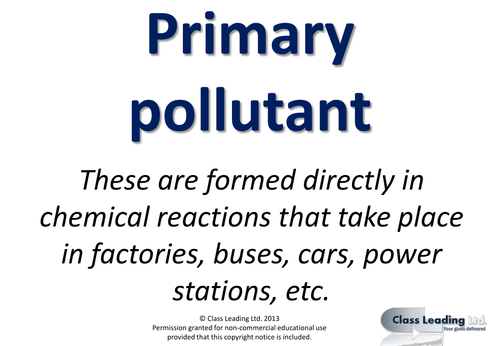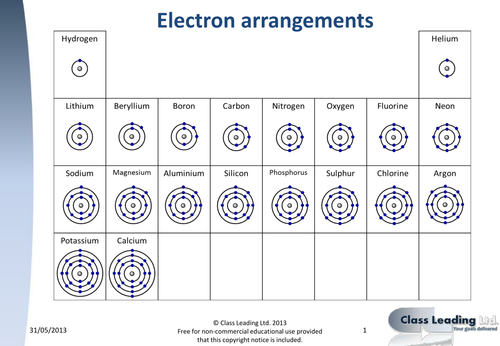314Uploads
259k+Views
194k+Downloads
Chemistry

What happens to pollutants
This activity contains a powerpoint with graded questions & answers and matching pupil activity sheets, designed to be used at the end of a lesson and/or the start of the next lesson to review previous learning. The questions are based on the previous OCR 21st Century Science Specification unit C1, although could be used with other exam boards.
Clicking through the show reveals answers one a time. These reduce to A5 easily, the ideal size for most pupils. Please note grades are approximate.

How good is your data? - graded questions
This activity contains a powerpoint with graded questions & answers and matching pupil activity sheets, designed to be used at the end of a lesson and/or the start of the next lesson to review previous learning. The questions are based on the previous OCR 21st Century Science Specification unit C1, although could be used with other exam boards.
Clicking through the show reveals answers one a time. These reduce to A5 easily, the ideal size for most pupils. Please note grades are approximate.

Measuring air pollutants - graded questions
This activity contains a powerpoint with graded questions & answers and matching pupil activity sheets, designed to be used at the end of a lesson and/or the start of the next lesson to review previous learning. The questions are based on the previous OCR 21st Century Science Specification unit C1, although could be used with other exam boards.
Clicking through the show reveals answers one a time. These reduce to A5 easily, the ideal size for most pupils. Please note grades are approximate.

What do you know about air - graded questions
This activity contains a powerpoint with graded questions & answers and matching pupil activity sheets, designed to be used at the end of a lesson and/or the start of the next lesson to review previous learning. The questions are based on the previous OCR 21st Century Science Specification unit C1, although could be used with other exam boards.
Clicking through the show reveals answers one a time. These reduce to A5 easily, the ideal size for most pupils. Please note grades are approximate.

Polymerisation Key words & meanings - Display
This is a pdf showing some key words for polymerisation, including the meaning of the words. They are suitable for printing onto A4 (or scaling up to A3) for display purposes. Remember if laminating them for wall display to ensure that non-reflective laminates are used where possible to ensure maximum readability.
Keywords: monomer, polymer, polymerisation

Sources of information - starter
This resource is an was originally designed for instant engagement, to be on display on entry to the room. The students are given a period of time (say 3 minutes) to rank order the sources of information. This works well in groups with mini-whiteboards. The teacher then asks students to indicate whether each source was in the top 3, middle 3 or bottom 3 – e.g. by show of hands. This supports a discussion on reliability and disagreement between groups provides chance for cognitive conflict and students explaining their reasoning. It was originally designed as a starter to LSS activity 3.1

Data Handling - Key words
This is a small collection of key words related to data handling. They are designed as a display tool. Remember if laminating to use matt laminates for wall displays to avoid reflection problems.
Key words: range, mean, true value, average, real difference.

Bunsen burner flames
This is a powerpoint show and pdf giving the reactions taking place and constituents of Bunsen burner flames of three different colours.
Right click the web link to download the powerpoint show.

'Save the Rennets' - reliability of the internet
This activity involves looking at reliability of information found on the internet and encourages students to evaluate this critically in light of the discovery of new information. Students really do engage with the activity and find it a useful learning experience. An activity sheet and guidance sheet are included. Please note that the resource points to two external websites which I acknowledge as external sources of information and as such cannot be held responsible for the content of these websites. It is recommended that these are checked fully before use.

Primary & Secondary pollutants key word display
The key words primary and secondary pollutants with meanings for display purposes. Please remember if laminating to use matt finish laminates to avoid reflection that renders the display unreadable.

Electron arrangement worksheet
This resource contains a worksheet and answer sheet for showing the electron arrangements of the first 20 elements.
A premium resource is also available that shows an animated PowerPoint slideshow and has a variety of different sheets with various levels of scaffolding to support learners. This can be found here: https://www.tes.com/teaching-resource/-12957111

Animated Electron Arrangements
This resource contains an animated PowerPoint slideshow and a variety of sheets, that provide various levels of scaffolding that can be used to accompany this. This can be used as a teaching tool to help pupils learn the pattern of electron arrangements in the first 20 elements. It can also be used as a revision tool to recap the electron arrangements or as an independent learning tool to help learners explore the arrangements.

Experiment: Making a fruit 'battery'
In this video, which is aimed at KS3/4 pupils, a fruit ‘battery’ is shown. The ‘battery’ has been made with different pairs of metals for the electrodes. Readings are shown in the video for the potential difference (voltage) across the electrodes for each pair. Pupils can then consider the connection between reactivity of the metals and the results of the experiment.

'Where do I stand?' cards - perceptions activity
This activity allows students to indicate their perceptions on a particular question. The question might be a debate e.g. ‘Should we build more nuclear power stations?’, ‘Is cloning a good idea?’ or ‘Should social media be banned?’.
To use the cards, print and laminate the cards. Lay the cards out along a line and ask the students to stand near the card that represents how strongly they agree (not on the card due to risk of slipping). Then ask them to justify their reasoning.
This works really well when carried out before and after a debate.
Designed for use in science, these also have use in other subjects such as Citizenship, PSHE and RE. Inspired by an activity at the NCT.
Bundle

Electron Structure Bundle
This bundle contains two resource:
Animated electron arrangements
Electron structure and ionic bonding revision (editable)

Electron structure & ionic bonding revision (editable)
Keywords: structure, bonding, electron, energy levels, shells, orbitals, rings, periodic table, patterns.
Notes: This is a revision summary sheet that has questions about structure and bonding relating to electron arrangements and ion formation.
Please note that this resource was originally designed for unit C4 of OCR 21st Century Science, but is applicable to other specifications.
It includes an answer sheet. A non-editable version is available for free at https://www.tes.com/teaching-resource/-6336987
















